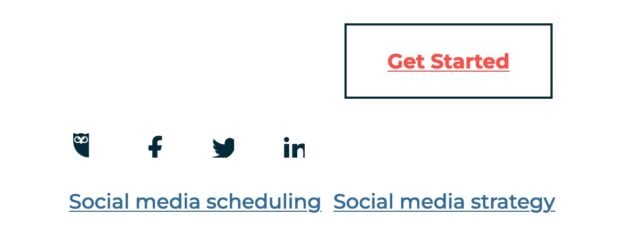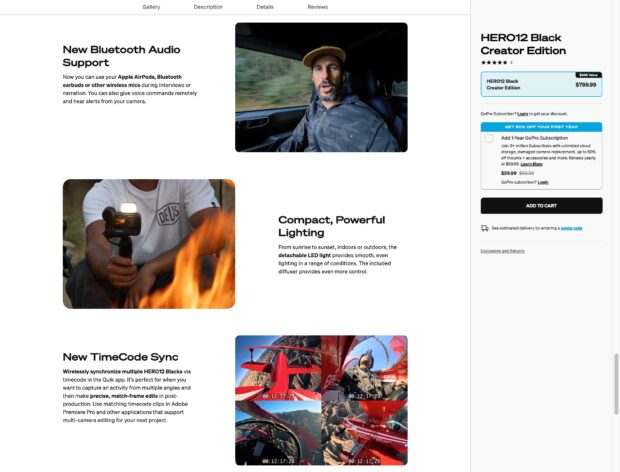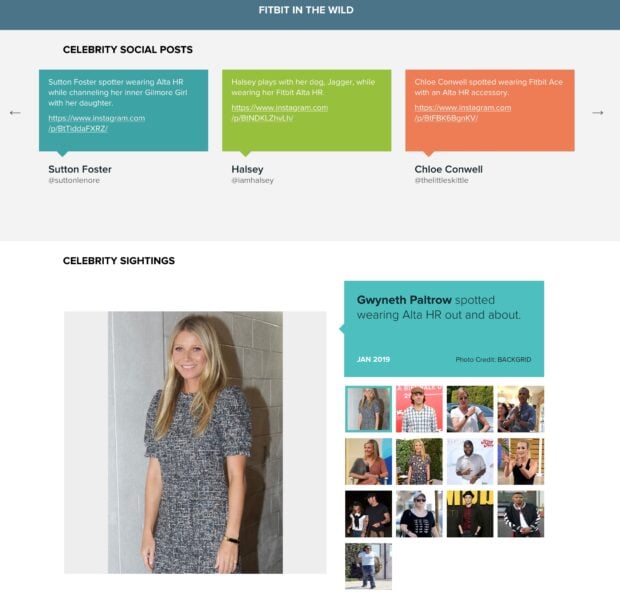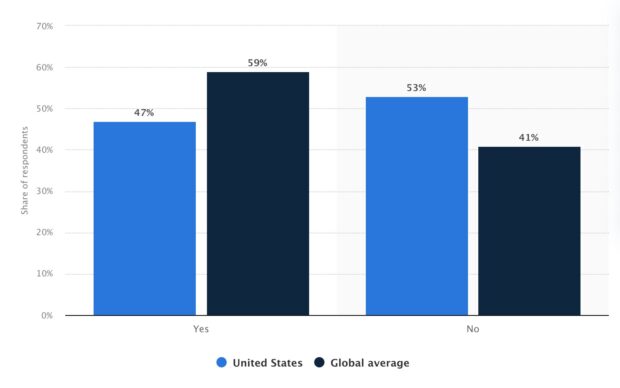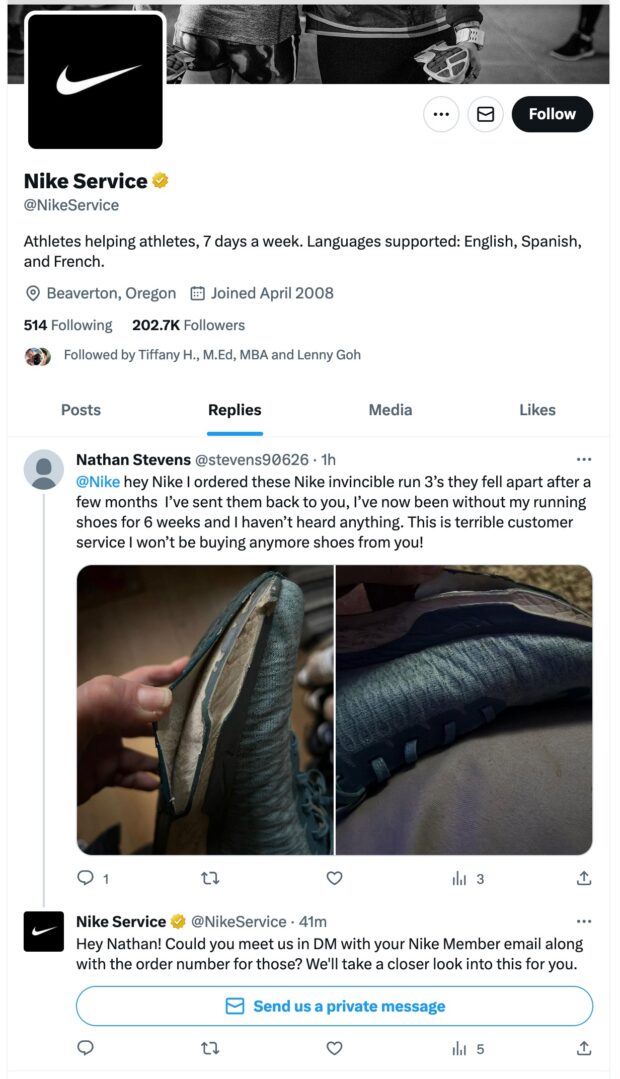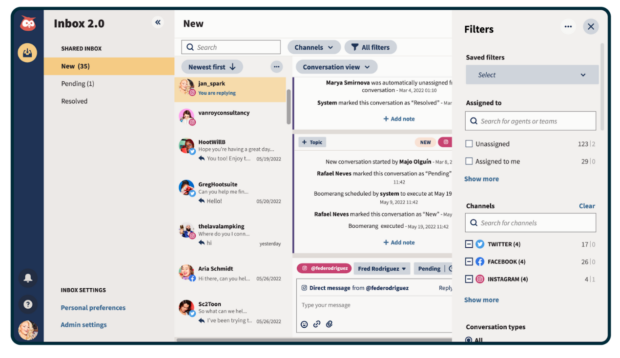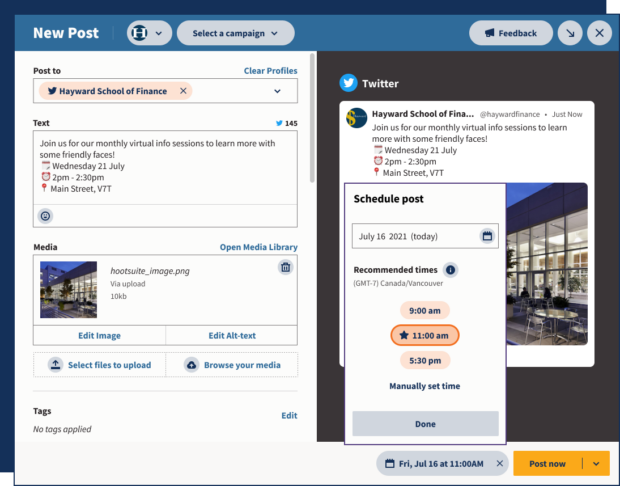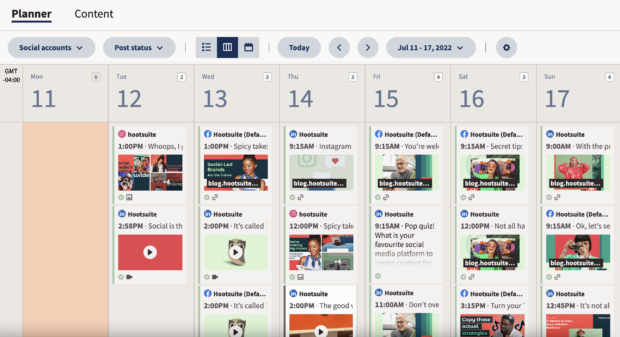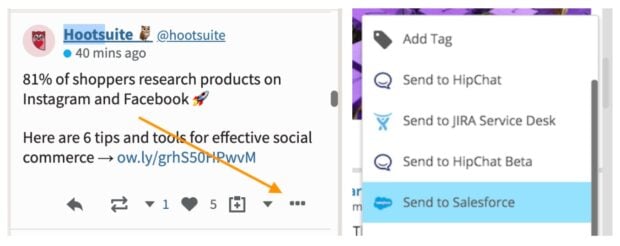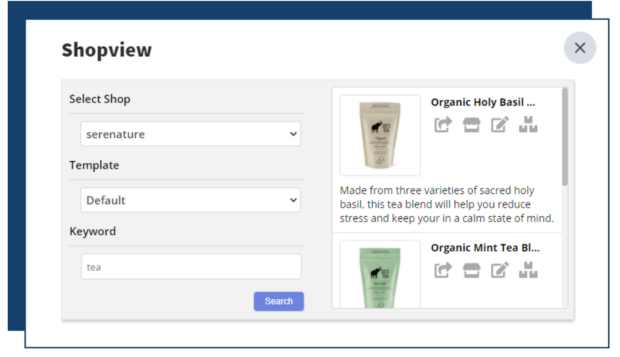Social media integration gives your audience more ways to engage and interact with your brand. Get the tips and tools to do it right.
Synergy, disruption, omnichannel: The three prongs of every mid-2000s marketing plan. We’re more evolved now, right? In 2023, social media integration goes beyond buzzwords and is the fundamental piece of every successful digital marketing strategy.
Social-led brands continue to build more loyalty and attract more new customers and followers than brands marketing the traditional way. With, you know… synergy.
Here’s how to use social media integration station to become a truly social-first marketer.
Social media integration is the practice of using social media not just as another spoke in your marketing strategy, but as the foundation.
Integration goes beyond posting social media content. Social media integration incorporates your social channels into every part of your campaigns, using smart tools to keep everything connected, automated, and measurable.
A few common places for social media integration are:
- Website
- Email marketing campaigns
- CRM software
- E-commerce software
- Customer service software
1. Including social share buttons on your blog
You see these everywhere — they’re a staple on most websites. Share buttons make it easy for readers to share your content with a single click. Everyone should use them, period.
Most people place these social sharing links at either the top or bottom of an article, or both, or have buttons along the side that follow as you scroll down the page.
How to add sharing buttons depends on the platform your website is built on. Popular WordPress plugins to add sharing functions include:
- SocialSnap
- Shareaholic
- Social Share Button
As a bonus, improve your analytics tracking accuracy by attaching UTM parameters to your share buttons. That way you can more accurately track where new visitors are coming from and how they found you.
2. Using UGC as social proof on your website
User-generated content (UGC) is powerful on social networks, but don’t overlook your website as a place to feature it as social proof too.
An obvious use case is on product pages to encourage sales by featuring real-life people using your products. This builds trust as people know it’s not a commercial you filmed, it’s real people sharing their experience. UGC can also show the versatility of your product or how people use it in different ways.
GoPro features clips from many different creators on their product page to showcase different features:
Source: GoPro
3. Embedding social posts on your website
Adding social media posts to your website is a versatile way to add social proof. Screenshot comments people leave on your social posts, or embed entire posts with testimonials.
A popular option is to embed an automatic post feed somewhere on your site, usually in the footer and usually with Instagram since it’s a visual platform. You can set it up to show all posts using your branded hashtag and many post feed apps allow you to manually approve which posts appear on your website, protecting you from potential spam.
Adding an Instagram, or other platform, feed to your site depends on your website’s software, but popular WordPress plugins include:
- Easy Social Feed
- Smash Balloon
- Spotlight
Source: Fabletics
You can also take screenshots of social media comments or posts and put them on product or services pages as another form of social trust. Fitbit puts a unique spin on this with a dedicated “Fitbit in the Wild” section compiling social media posts of celebrities wearing their products.
Source: Fitbit
Lastly, add visual interest to your blog posts by embedding entire social media posts as examples for the things you’re talking about… like this:
4. Automating product sharing with e-commerce integrations
Even if your e-commerce platform doesn’t have an automatic way to do this, remember to share your products on social manually. Not enough to spam people, but enough to showcase new stuff, promote sales, and ensure everyone knows what you’re selling.
Many platforms also automatically sync your products with social selling tools like Facebook and Instagram Shops:
Source: Bootlegger on Facebook
5. Building a social community
Most brand social media profiles serve as broadcast channels. “Look at this new product!” “Shop this sale!” Essentially, businesses use social to tell people about their stuff.
You gotta do some level of self-promotion as a business, but you can also use your social profiles to build a real community.
Encourage customers and fans to interact with each other in the comments section. Encourage them to jump in and help each other if they know the answer to a question. Spark conversations.
Or, take it even further and create a private social community as a subset of your public channels, like a Discord server, private subreddit, or Facebook Group.
Source: Stahl’s on Facebook
Offer this group something special, like great educational content, the opportunity to provide input into new products, or exclusive contests or discounts. Treat this private group like your VIP section and the reward will be a highly loyal group of customers who will be excellent brand ambassadors both on and offline.
6. Running cohesive campaigns
This is fairly standard advice by now, but social media should be integrated into every part of your marketing campaigns. Not just new launches or sales. It should be connected to every other part of your content strategy.
New blog post? Shout it on social.
In-store or online event? Promote it on social.
Newsletter just went out? Encourage signups on social.
You get the idea.
Talk about everything you’re doing on social. Your social channels become the common point between all these campaign touchpoints, tying everything together and either introducing your audience to the campaign, or reinforcing messaging they’ve already seen in your newsletter or on your website.
Like this post, where we share a statistic from our free 2023 Social Media Career Report.
7. Make customer service social
Social media has a lot more to do with customer service than it seems at first. 52% of customers expect a brand to reply to their customer service inquiry on social media within one hour.
Source: Statista
Not paying attention to, or not responding to, these messages can damage your brand reputation with not only that customer, but also others who see it go unanswered.
Some brands set up separate social media accounts for customer service issues, like Nike:
Source: @NikeService on X (Twitter)
While others reply to inquiries from their main brand account.
Source: Glossier on TikTok
Try for free
Social media integration with Moyens I/O
Use AI to grow faster on social media
Want the best bang for your AI bucks? Check out the top 10 AI content creation tools you should be using in 2023.
Content planning and scheduling
- Personalized best time to post suggestions based on when your target audience is online
- Canva integration for instant graphic creation with free templates
- AI-powered copy ideas and hashtag suggestions
Claim free 30-day trial
Mailchimp social media integration
It’s a must have if you use Mailchimp for email marketing.
Salesforce social media integration
Source: Salesforce social media integration user guide
Shopify social media integration
Source: Shopify social media integration docs

